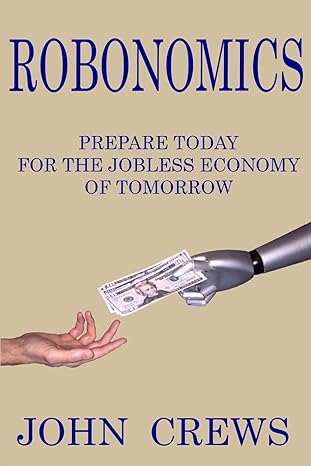Question
According to the information and table below, Price of Bond Coupon Rate (Annual Interest Payment) Current Yield $ 600 $150 25.0% 800 150 18.8 1,000
According to the information and table below,
| Price of Bond | Coupon Rate (Annual Interest Payment) | Current Yield | ||||||||||||
| $ 600 | $150 | 25.0% | ||||||||||||
| 800 | 150 | 18.8 | ||||||||||||
| 1,000 | 150 | 15.0 | ||||||||||||
| 1,200 | 150 | 12.5 | ||||||||||||
The annual interest payment on a bond -- the "coupon rate" -- is fixed at the time of issuance. Accordingly, only the market (resale) price of the bond itself can change. An increase in the price of the bond lowers its effective interest rate, or yield. The formula for computing the current yield on a bond is
Thus higher bond prices imply lower yields (effective interest rate), as confirmed in the table above. Bond prices and yields vary with changes in expectations and opportunity costs. The newspaper quotation below (referencing General Motors) shows how changing bond prices and yields are reported. This General Motors (GM) bond was issued with a coupon rate (nominal interest rate) of 83/8 percent. Hence GM promised to pay $83.75 in interest each year until it redeemed (paid off) the $1,000 bond in the year 2033. In February 2009, however, the market price of the bond was only $160.50 ("16.50"). This created a phenomenal yield of 50.5 percent!
| ||||||||||||||
Compute the market price of the GM bonds if the yield falls to 20 percent. Instructions: Enter your response rounded to two decimal places.
Step by Step Solution
There are 3 Steps involved in it
Step: 1

Get Instant Access to Expert-Tailored Solutions
See step-by-step solutions with expert insights and AI powered tools for academic success
Step: 2

Step: 3

Ace Your Homework with AI
Get the answers you need in no time with our AI-driven, step-by-step assistance
Get Started


